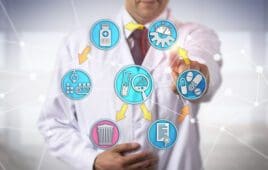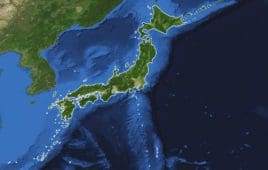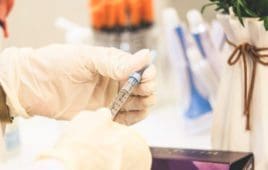Thanks to automation in pharmacovigilance, the next generation of safety is here — and with it, there is an immense opportunity for firms that can change how they work and maximize the opportunity automation creates. Leading safety teams are seeing up to 80% efficiency gains on key workflows by investing in touchless case processing, automating…
Pharmacovigilance in personalized medicine: Adapting to a new era of drug development
One of the ways that the COVID-19 pandemic had a profound impact on the pharma industry was how it highlighted the importance of pharmacovigilance. As personalized medicine gained traction, drug developers had to evolve their strategies to ensure safety and efficacy. In their report, “The Future of Pharmacovigilance,” Dr. Sabine Jeck-Thole and Ben Enejo, partners…
How automation is changing the face of pharmacovigilance
The ever-growing volume of data from clinical trials, drug use and other sources presents both opportunities and challenges for pharmacovigilance. COVID-19 has presented an array of possibilities for pharmacovigilance service providers. Detecting and evaluating potential safety signals is essential to maintain the safety of drugs and other therapeutic products. Companies are constantly challenged to keep…
A new era of pharmacovigilance: Worldwide master key for drug safety monitoring
Pharmacovigilance is the backbone of pharmaceutical manufacturing. Without it, there would be no way to compare the efficacy of pharmaceuticals to their detrimental consequences. Pharmacovigilance, or PV, is intended to safeguard patients and enable the spread of knowledge among experts to reduce the risk of adverse events. According to Future Market Insights, the global Pharmacovigilance market is…
The future of pharmacovigilance: Assessing the role of ML, NLP and other technologies
The field of pharmacovigilance has evolved significantly in recent years. While regulatory authorities have long favored technologies such as artificial intelligence and machine learning for monitoring patient safety, the trend has accelerated during the pandemic. “I’ve never seen as much advancement as I have in the last two years,” said Marie Flanagan, director, offering management,…
Tightening regulations in Japan drive PMDA compliance with integrated pharmacovigilance ecosystems
Pharmaceutical regulations in Japan are continuously expanding and updating to improve the safety of pharmaceutical drugs. Throughout history, the detection and understanding of harmful side effects of pharmaceutical drugs have led to new enhancements of regulations to allow regulatory agencies to find adverse events more effectively. In turn, this has led to stricter regulations. Likewise,…
Plan to track COVID-19 vaccine side effects unites old and new strategies
In pharmacovigilance, detecting risks linked to new medicine can be a slow process. The typical procedures for doing so, known as signal detection and assessment, involves probing hypothetical risks tied to a medicine based on at least some degree of supporting evidence. The U.S. government aims to speed the process by combining routine signal detection…







